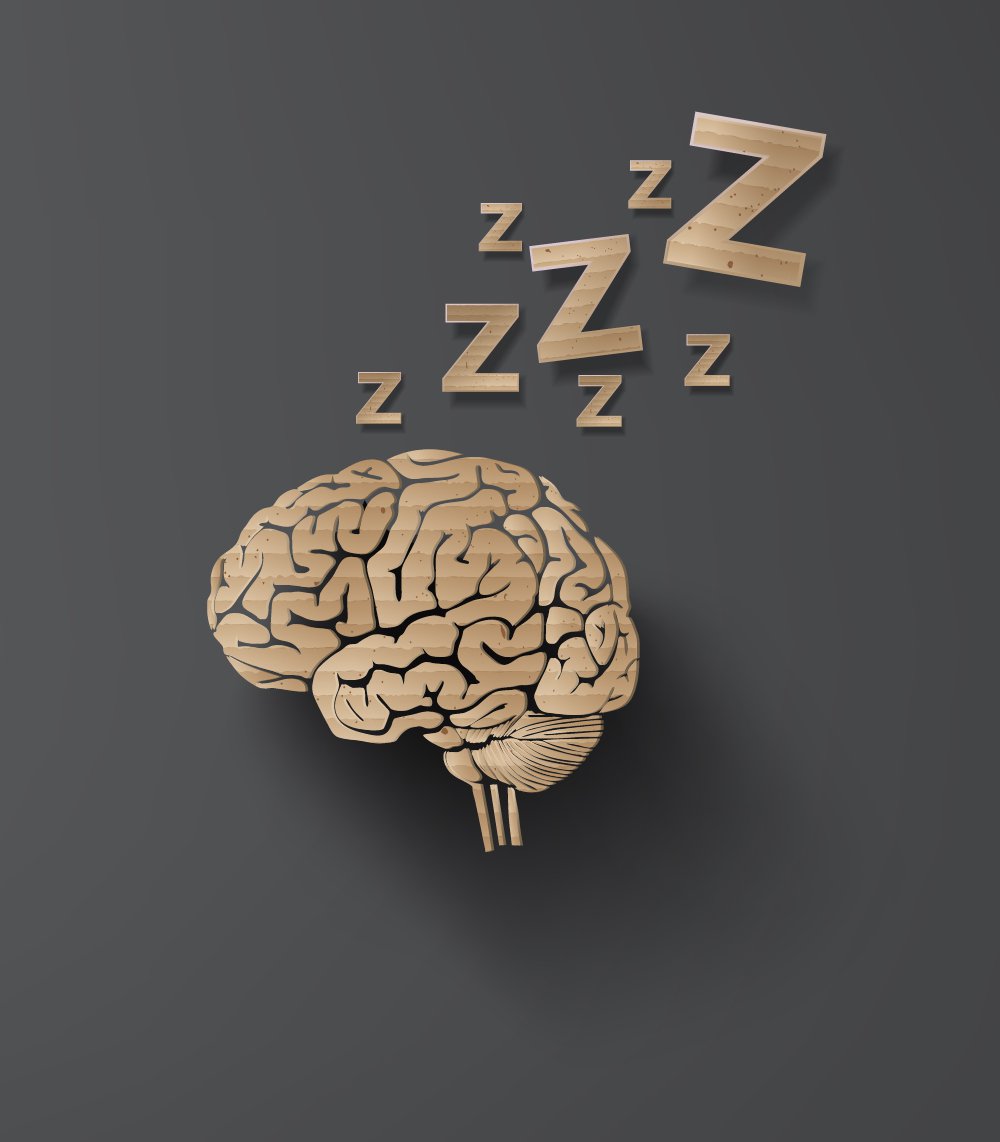Adenosine for Sleep
Getting enough sleep is crucial for overall health and well-being, but various factors can disrupt our sleep quality. One essential factor that affects our sleep-wake cycle is adenosine. Adenosine is a natural compound that plays a vital role in regulating our sleep, making it an important focus of research on adenosine for sleep.
Adenosine for sleep is produced by cells throughout the body and is present at high levels in the brain. As we engage in wakeful activities throughout the day, adenosine levels build up in the brain. This buildup creates a natural drive to sleep, helping us fall asleep and stay asleep throughout the night.
In the following sections, we will explore the functions of adenosine for sleep in greater detail and discuss how it can be influenced to improve our sleep quality. We'll also take a closer look at digital adenosine, a new approach to promoting relaxation and improving sleep that is being used by innovative companies like Hapbee.
What is Adenosine?
Adenosine is a naturally occurring compound that is present in all cells of the body. It is a byproduct of ATP (adenosine triphosphate), which is the primary energy source for the body. Adenosine plays a vital role in regulating various physiological functions, including the sleep-wake cycle.
When we are awake and engaged in wakeful activities, adenosine levels build up in the brain over time. The buildup of adenosine creates a natural drive to sleep, which helps us fall asleep at night. Adenosine levels are lowest during the morning and highest in the evening, creating the familiar feeling of drowsiness as bedtime approaches.
In addition to its role in regulating sleep, adenosine also helps to widen blood vessels, which increases blood flow and oxygen delivery to tissues. It also regulates inflammation and the immune response, playing a role in various disease states.
The brain metabolizes adenosine through a specific enzyme, which breaks it down into smaller molecules. As adenosine levels decrease, our alertness increases, and we become more awake and alert.
Understanding the role of adenosine in the body is essential for developing strategies to promote healthy sleep. In the next section, we'll dive deeper into the relationship between adenosine and sleep, and how it can be influenced for better sleep quality.
The Relationship between Adenosine and Sleep?
The relationship between adenosine and sleep is complex and fascinating. As we mentioned earlier, adenosine levels build up in the brain throughout the day as we engage in wakeful activities. This buildup creates a natural drive to sleep, which helps us fall asleep and stay asleep throughout the night.
The buildup of adenosine is also linked to other physiological changes that occur during sleep. For example, during deep sleep, the brain's glymphatic system clears out waste products that accumulate during wakefulness. Adenosine helps to trigger this process by dilating blood vessels and increasing blood flow to the brain, which allows waste products to be efficiently removed.
In addition to promoting sleep, adenosine levels are also affected by sleep. When we sleep, our adenosine levels decrease, which helps to reset the brain for wakefulness in the morning. This is why we often feel more alert and awake after a good night's sleep.
The relationship between adenosine and sleep is also affected by external factors. For example, caffeine blocks the action of adenosine, which is why it can keep us awake and alert. Similarly, alcohol disrupts the natural sleep cycle by increasing adenosine levels initially but then decreasing them later on, leading to fragmented and poor-quality sleep.
Understanding the complex relationship between adenosine and sleep is essential for promoting healthy sleep. In the next section, we'll discuss strategies for influencing adenosine levels to improve sleep quality, including innovative approaches like digital adenosine.
Influencing Adenosine Levels for Better Sleep
While adenosine levels are naturally regulated by our body's internal clock, there are several strategies we can use to influence adenosine levels and promote healthy sleep. Some of these strategies include:
Establishing a consistent sleep routine: Going to bed and waking up at the same time every day can help regulate adenosine levels and promote healthy sleep.
Regular exercise: Exercise can help increase adenosine levels, promoting sleepiness at night. However, it's important to avoid exercising too close to bedtime, as this can have the opposite effect.
Limiting caffeine and alcohol intake: As mentioned earlier, caffeine blocks the action of adenosine, while alcohol disrupts the natural sleep cycle by initially increasing adenosine levels and then decreasing them later on. Limiting or avoiding these substances can help promote healthy sleep.
Using digital adenosine: Innovative approaches like digital adenosine, used in Hapbee's sleep routines, can help promote relaxation and improve sleep quality. By emitting a low-frequency electromagnetic field that mimics the natural frequency of adenosine, Hapbee's sleep routines can help induce feelings of relaxation and drowsiness, promoting healthy sleep.
While these strategies can be effective in promoting healthy sleep, it's important to remember that everyone's sleep needs are unique. Finding the right approach may require some experimentation and trial and error. However, by understanding the complex relationship between adenosine and sleep and taking steps to influence adenosine levels, we can improve our sleep quality and overall health and well-being.
How to Use Digital Adenosine in Your Sleep Routine
Digital adenosine, like that used in Hapbee's sleep routines, is an innovative approach to influencing adenosine levels and promoting healthy sleep. Here are some tips for incorporating digital adenosine into your sleep routine:
Use it consistently: To get the most benefit from digital adenosine, it's important to use it consistently. Incorporate it into your nightly sleep routine and use it at the same time each night.
Create a relaxing environment: To maximize the effects of digital adenosine, create a relaxing sleep environment. This can include using low lighting, avoiding screens before bed, and minimizing noise.
Experiment with different routines: Hapbee's sleep routines offer a variety of adenosine frequencies and patterns to choose from. Experiment with different routines to find the one that works best for you.
Use it in combination with other sleep-promoting strategies: While digital adenosine can be effective on its own, it can also be used in combination with other sleep-promoting strategies, such as establishing a consistent sleep routine and limiting caffeine and alcohol intake.
Give it time: Like many sleep-promoting strategies, digital adenosine may take some time to have an effect. Be patient and give it time to work.
By incorporating digital adenosine into your sleep routine and following these tips, you can improve your sleep quality and overall well-being.
Conclusion: Adenosine for Sleep
In conclusion, adenosine is a key player in the complex and fascinating process of sleep. By understanding the relationship between adenosine and sleep, we can take steps to influence adenosine levels and promote healthy sleep. Strategies like establishing a consistent sleep routine, regular exercise, and limiting caffeine and alcohol intake can be effective in promoting healthy sleep, as can innovative approaches like digital adenosine used in Hapbee's sleep routines.
Remember that everyone's sleep needs are unique, and finding the right approach may require some experimentation and trial and error. However, by taking steps to influence adenosine levels and promote healthy sleep, we can improve our overall health and well-being.
If you're struggling with sleep, consider incorporating digital adenosine into your sleep routine. With its ability to induce relaxation and promote healthy sleep, it may be just the solution you've been looking for. Try Hapbee's sleep routines today and experience the benefits of digital adenosine for yourself.
Hapbee is a really fascinating device that emits frequencies that tricks your brain into believing it's taking on any kind of neurotransmitter including melatonin, which is the neurotransmitter that helps you sleep"
@vishen Here the 7 Top Tools to Enhance Your Sleep #Mindvalley #ouraring #hapbee ♬ original sound - Vishen Lakhiani



